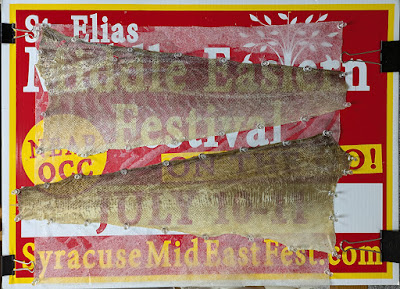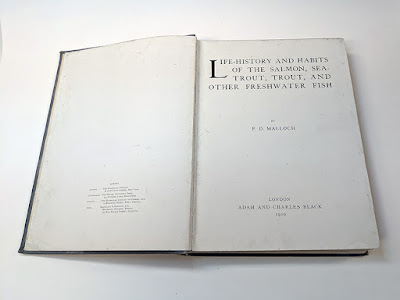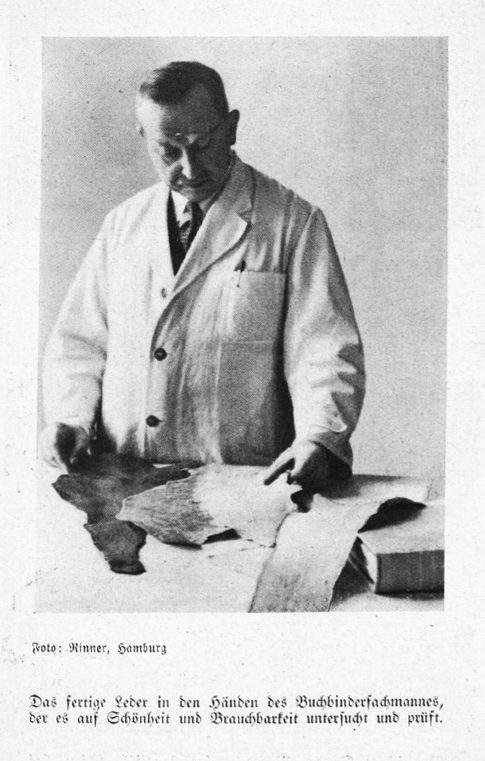As many will know, fish skin for bookbinding, whether as parchment and tanned has long been an area of interest for me. This interest was sparked by several articles on the subject by Ernst Collin and others largely during Germany's Weimar era. The 2020 Fish Skin Bind-O-Rama was a sort of culmination of my efforts to bring attention to this material, but more so I am very pleased to see binders and book artists still working in the material, in particular Karen Hanmer and Debra Frances.
Some time ago I was given a package of Icelandic cod doggie chew snacks by a friend. Those chews looked gnarly and I wondered if they could be processed into parchment or leather, you know, as an experiment and proof of concept.
 |
| Dentley's "Exotics" Icelandic Cod Skins |
 |
| These things are big at 18 inches, so I needed some help holding them upright. Note how they are folded/rolled up. |
 |
| The third skin in the pack. Keeping this "as is" as a sample and control. Side "A" |
 |
| Side "B" |
So, as one can see, they're big and folded/rolled up lengthwise. Also rock-hard and in need of serious cleaning and scaling.
 |
| Next was descaling. "Shinies" EVERYWHERE in the kitchen. "Shinies" was coined by one of the youngest fish skin binders. In the end I didn't do as good a job as I thought. 🙄 |
 |
| Finally, the skins were stretched out to dry. |
Evident on the lower one are parallel lines from something between being caught and dried for packaging. Both skins also have areas where the skin was chewed up. This makes for very gnarly look. I may well use the top one. Would be a shame not to after all that work.












































